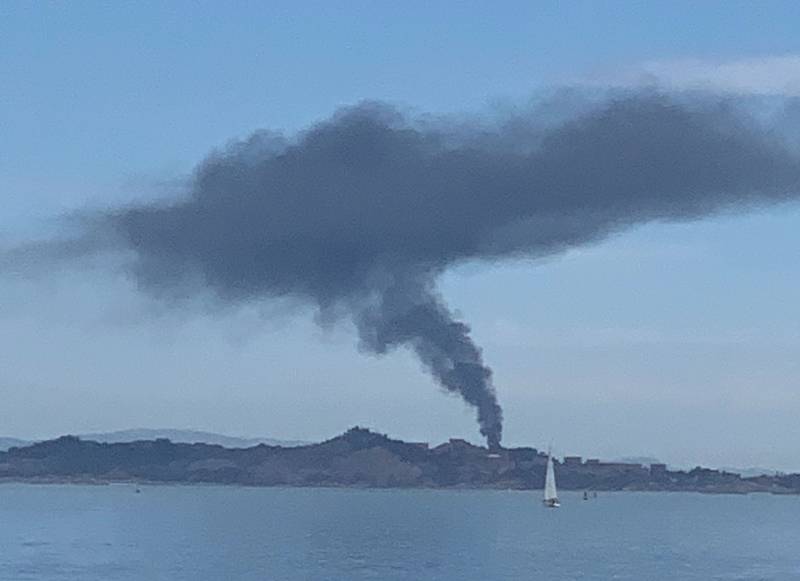While the industry has emphasized the safety aspects of flaring — it serves as a way to relieve dangerously high pressure when refinery units malfunction — environmentalists have long complained that the operations emit toxic substances into nearby communities.
Those concerns were voiced again Friday by Hollin Kretzmann, a senior attorney with the Center for Biological Diversity, which has been strongly critical of refinery operations at Chevron and elsewhere.
"This massive plume of smoke spewing into the air we breathe should be the last straw for the Newsom administration and local air regulators," Kretzmann said in an emailed statement. "Regulators have allowed this refinery to foul our air again and again and again, and regulatory slaps on the wrist aren’t enough to protect the lungs of nearby residents. It’s time for the governor to end refinery pollution by shutting this dangerous place down and leading a just transition away from dirty fossil fuels."
In fact, Chevron has had more flaring incidents than the region's other four refineries in recent years. In 2019 it had 38 such episodes, more than Valero in Benicia, Phillips 66 in Rodeo and the Marathon and PBF facilities in Martinez combined, according to the air district.
In late 2016 a malfunction at the Richmond refinery sent a rotten egg odor across the bay into San Francisco.
In August 2012 a much larger accident took place at Chevron when a fire sent up a huge plume of smoke over a large swath of the East Bay, sending some 15,000 nearby residents to hospitals, mostly for breathing problems.

